How to Grow Grass Under Trees with Heavy Shade: A Complete Guide
By Innovation Grounds
Gravel is an essential material for various landscaping and construction projects, offering versatility, durability, and aesthetic appeal. Whether you’re planning a new pathway, driveway, garden bed, or water feature, choosing the right type of gravel is crucial. In Austin, Texas, and the surrounding cities, the range of gravel types available can be overwhelming. This guide will help you navigate the options and select the best gravel for your specific needs, ensuring your project is both functional and visually pleasing.
Why Is It Hard to Grow Grass Under Trees?
There are three main reasons why grass struggles to grow under trees:
Lack of Sunlight – Most grass varieties need at least 4-6 hours of direct sunlight. Tree canopies block light and create dense shade.
Root Competition – Tree roots absorb most of the water and nutrients, leaving little for the grass.
Low Air Circulation and Dry Soil – Thick tree coverage reduces airflow and sunlight, keeping the ground dry or compacted.
These combined conditions make standard grass care ineffective in shaded areas, especially under large, mature trees.
Choose the Right Shade-Tolerant Grass
The most important factor is selecting a grass type suited for low-light environments. Here are some top choices for shaded lawns:
Fine Fescue (Creeping Red, Hard, Chewings) – One of the best grass types for full shade.
St. Augustinegrass (especially ‘Seville’ or ‘Palmetto’ cultivars) – Tolerates partial shade well (great in warm climates).
Zoysia Grass – Tolerates moderate shade and drought.
Tall Fescue – More shade-tolerant than Kentucky bluegrass, with deep roots.
🔍 Tip: Always check your USDA hardiness zone and local conditions before choosing grass seed.

Prune Tree Canopies to Let in More Light
Strategic tree pruning can make a dramatic difference. Remove low-hanging branches and thin out the canopy to allow dappled sunlight to reach the ground.
Don’t over-prune: Trees need leaves to stay healthy.
Consult an arborist for major trimming to avoid damaging mature trees.
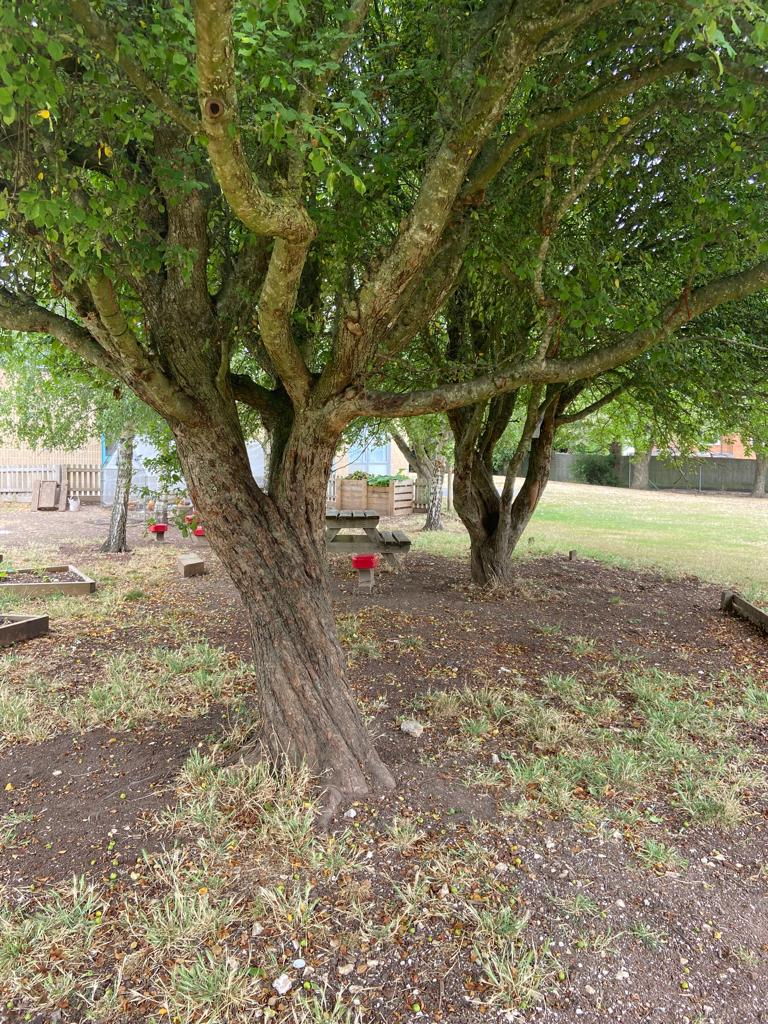
Improve Soil Quality and Drainage
Grass under trees often grows in compacted, dry soil. Before seeding:
Aerate the soil to improve root penetration.
Add compost or organic matter to increase nutrient availability.
Check pH: Grass prefers slightly acidic to neutral soil (pH 6.0–7.0). Adjust if needed.
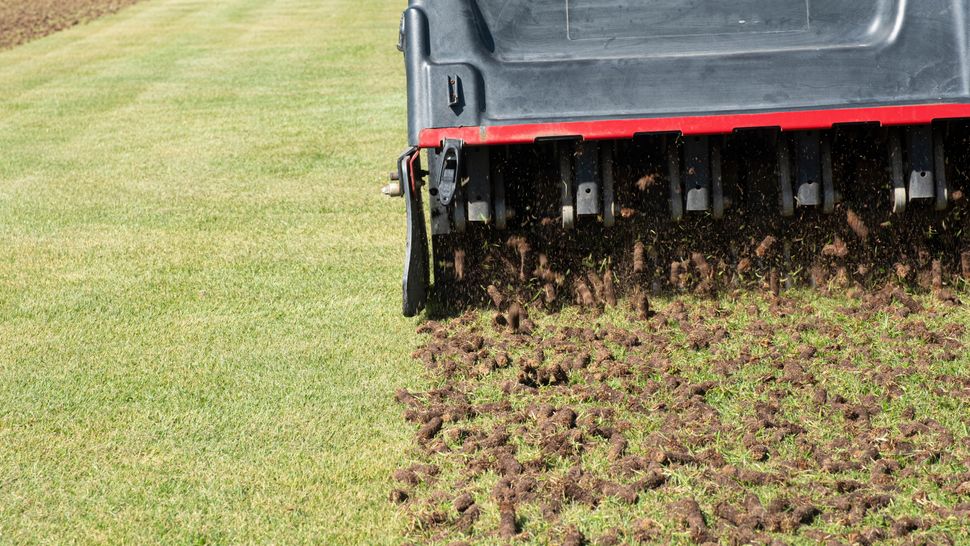
Overseed Regularly
Even shade-tolerant grass may thin out over time. Overseed your shaded lawn every fall or early spring with fresh seed to maintain density.
Lightly rake or dethatch before seeding.
Use a seed spreader for even coverage.
Water consistently during germination.
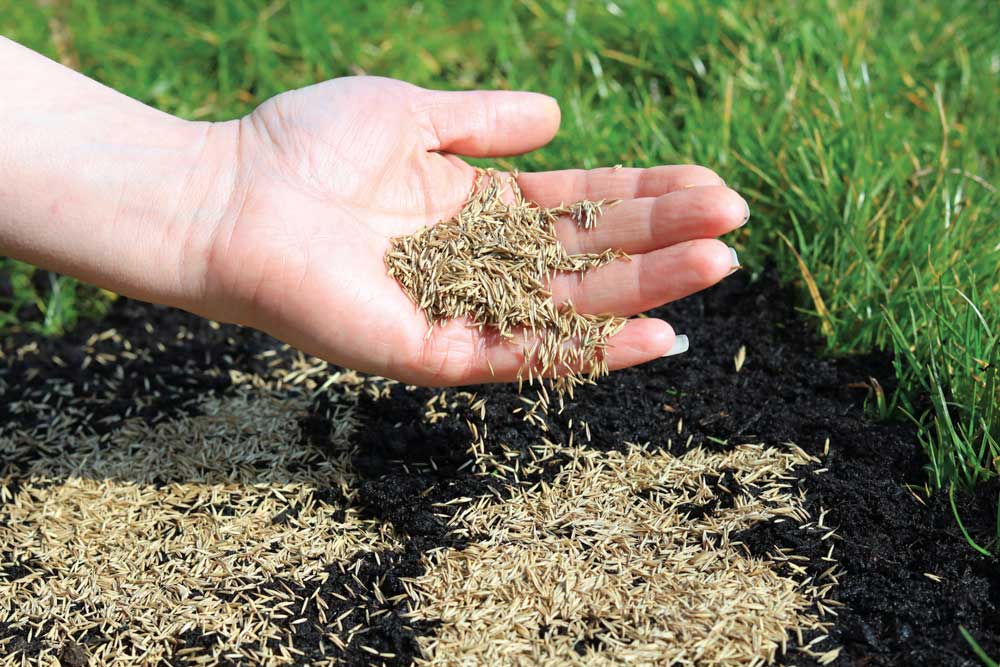
Water and Feed Correctly
Shaded grass requires a different care schedule than sun-exposed areas.
Water deeply but less frequently—typically 1 inch per week.
Avoid overwatering, which can lead to fungus in low-light areas.
Use a slow-release, low-nitrogen fertilizer in spring and fall.
Avoid aggressive feeding—too much nitrogen promotes weak growth in the shade.

Mow High and Infrequently
Taller grass blades support stronger roots and trap more sunlight.
Set your mower height to 3–4 inches.
Never remove more than one-third of the blade at once.
Use sharp blades to reduce stress on the grass.
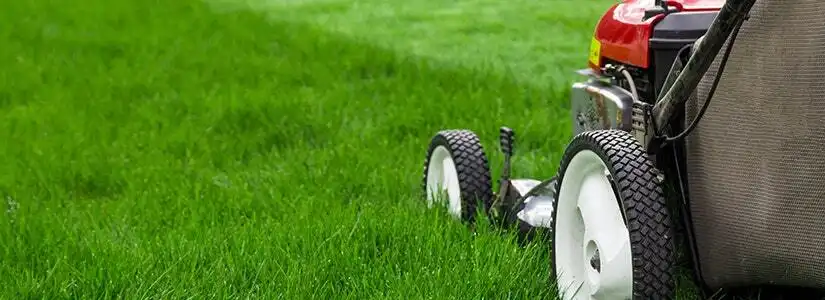
Consider Ground Cover Alternatives
If all else fails or the area is in deep, dense shade, consider using ground covers instead of grass:
Moss – Requires little care and thrives in moist, shady spots.
Clover – Low maintenance and fixes nitrogen.
Liriope, Pachysandra, or Vinca Minor – Attractive, hardy shade-tolerant ground covers.
This approach is especially useful in areas where grass simply won’t establish.
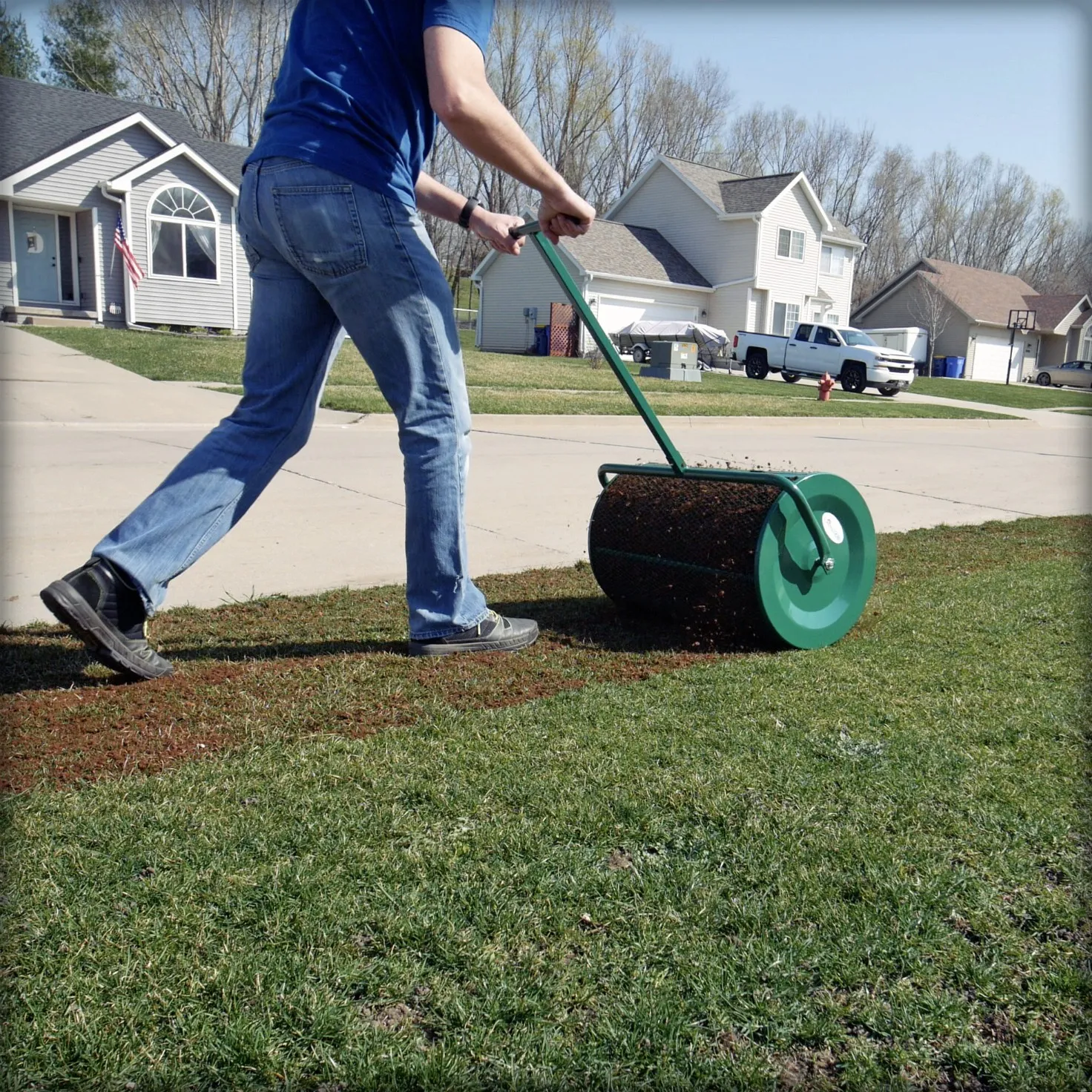
Final Thoughts
Growing grass under trees with heavy shade is challenging—but not impossible. With the right shade-tolerant grass types, soil improvements, and maintenance practices, your shaded lawn can become a lush, green oasis.
Remember: patience and persistence are key. Results may take one to two seasons, but the payoff is a healthier, more attractive yard.


